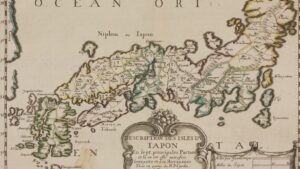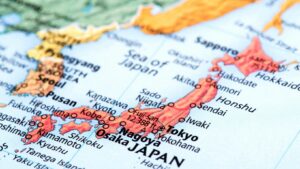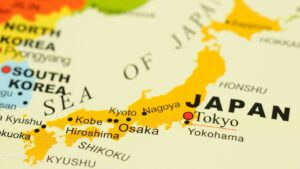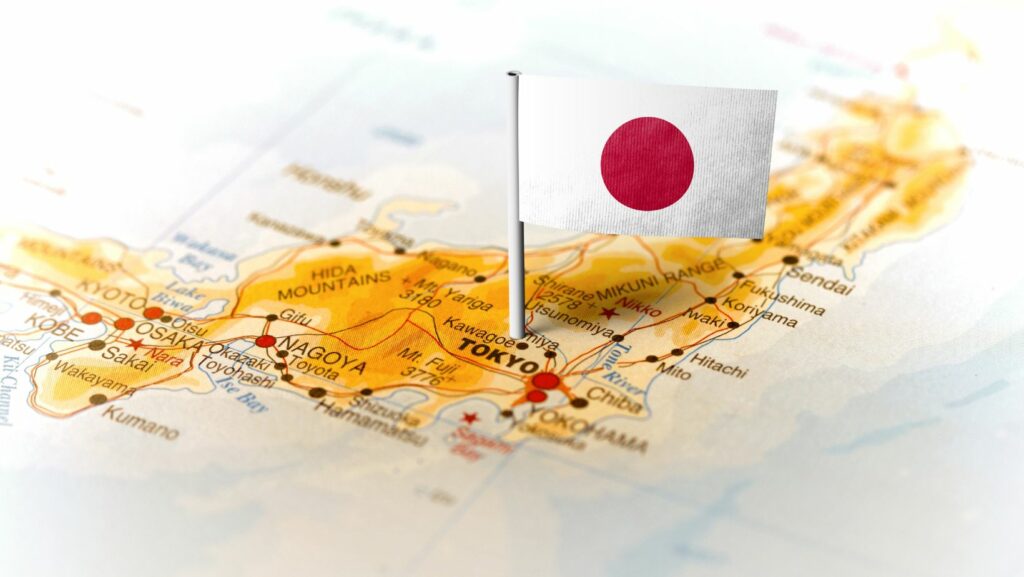Japan, an island nation in the Pacific, has always been a fascinating destination for globetrotters. Its rich history, unique culture, and advanced technology are just a few of the many aspects that draw people to explore this beautiful country. But to truly appreciate and navigate Japan, understanding its geography is crucial.
This article will dive into the intricacies of Japan’s map, providing a comprehensive guide to its geography and regions. It’ll help you understand the lay of the land, the distinct characteristics of each region, and how they’ve shaped Japan’s history and culture.
Map:holkvnrhcge= Japan

Delving deeper into Japan’s geography provides a wealth of information about the country. Utilizing detailed maps of Japan facilitates understanding of the country’s diverse regional features. This geographical diversity plays a significant role in shaping Japan’s unique identity.
Japan comprises 6,852 islands, with four primary islands of large size dominating the landscape. These include Hokkaido, Honshu, Shikoku, and Kyushu. Each of these islands presents distinct geographical features, shaping unique ecosystems and influencing lifestyle patterns of local communities.
Mountains, Plains and Coasts – A Glimpse into Japan’s Diversity
Intricate details of Japan’s geography reveal a spectacular mix of mountains, plains, and coasts. Estimates suggest mountains cover approximately 73% of the land, bestowing the country with stunning landscapes. Plains, by contrast, host bustling cities and agricultural activities. Coastal regions, bathed by the Pacific Ocean or the Sea of Japan, harbor rich biodiversity.
Mastering Japan’s Geography: A Navigational Tool
Knowledge of Japan’s geography provides valuable navigational insights. Deciphering Japan’s maps illuminates travel distances, terrains, and regional variations. It’s a strategic tool ineffably easing navigation across cities, coastal towns, mountains, or scenic rural landscapes.
History Reflected in Maps of Japan

Historical maps of Japan narrate compelling tales of the nation’s evolution. From 1st Century AD when Japan first appeared in Chinese chronicles, to the Edo period from 1603 to 1867, every map graphically illustrates the socio-political changes of the times.
For example, maps from the Edo era depict a nation thoroughly organized into provinces, emphasizing the central power of the shogunate. Each province, meticulously demarcated, tells a story of local lords exercising control under the centralized feudal system. Contrastingly, maps post-Meiji era starting in 1868, show a shift when Japan became more open and modernized and its topographic cartography reflected these changes.
Many vintage maps still resonate with cultural and aesthetic values reflecting the nation’s respect for tradition yet adaptation to progress. Providing a historical lens, these maps foster an understanding of the dynamics between geographical forms and socio-political structures across eras. Precise, they’re ancillary to envisaging how Japan’s geographic transformations affected its regional ecosystems and lifestyles, connecting effectively to its captivating geographical identity established in the previous section.
Modern Mapping Technologies and Japan

Transitioning from vintage cartography to current mapping technologies, Japan has embraced advancements to capture its dynamic landscape adequately. Digital maps, such as Google Maps, provide real-time navigation options enabling swift transit across cities.
Statistically, 90% of Japan’s internet users leverage this technology, impacting various industries, from tourism to logistics. Satellites facilitate these modern maps, ensuring accuracy and efficiency.
However, advancing technologies aren’t just functional – they’re preservative too. For instance, 3D mapping technology captures tangible and intangible cultural heritages, with UNESCO World Heritage Sites like Nara’s Todai-ji Temple undergoing digital preservation. Deploying drones, creators capture high-resolution images, creating an immersive, 3D replica.
GIS (Geographical Information System) technology, also commonplace in Japan, aids disaster management, a paramount concern given the nation’s frequent natural calamities. These systems plot real-time data, enabling swift risk assessments and evacuation routes.
Map Japan for Travelers
So, whether you’re a history buff, a geographer, or a traveler, maps of Japan offer more than just directions. They’re a way to understand the country’s diverse landscapes, its rich history, and its ongoing journey towards modernity. From the snowy peaks of Hokkaido to the bustling cities of Honshu, maps encapsulate Japan’s unique identity.
They also trace the country’s evolution, reflecting socio-political changes from the 1st Century AD to the present day. So next time you’re planning a trip to Japan, remember, you’re not just using a map. You’re stepping into a story – a story of a nation that’s constantly evolving, yet deeply rooted in its past.



